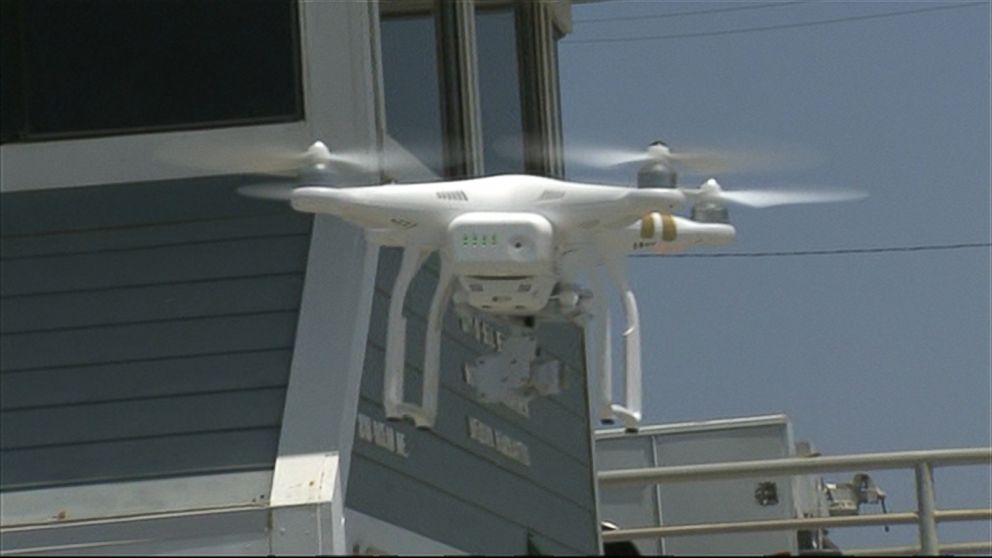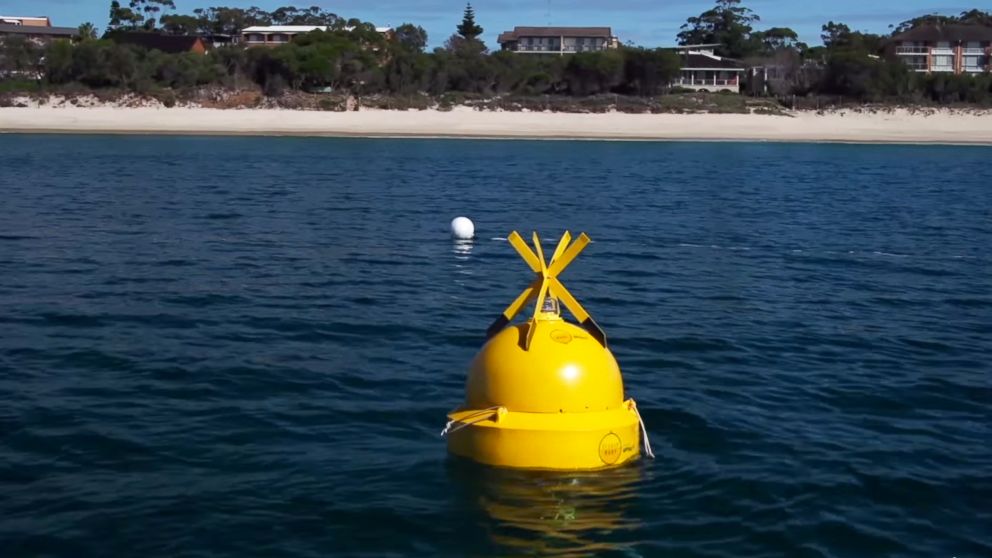Shark-Deterrent Technologies and What an Expert Thinks About Them
Shark expert George Burgess on U.S. shark attacks and prevention.
— -- After the disturbing news that two youths were mauled in two separate shark attacks on Sunday in North Carolina, there's renewed interest in technologies and practices that might be able to prevent such dangerous encounters with the ocean's apex predators, or at least make them less fatal.
Despite a larger number of attacks, fewer people who died from shark attacks last year compared to previous years, according to the International Shark Attack File, which tracks and verifies shark attacks around the world and is curated by the Florida Museum of Natural History’s George Burgess.
The appropriate resources and training help keep the fatality rate from shark attacks lower in the U.S. compared to outside the country, where the death rate is 15 percent, Burgess told ABC News.
"With the proper resource allocation in using tools on the beaches with lifeguards, emergency personnel and nearby hospitals, we can reduce the fatality rate," he said. "This is why using our resources and brains properly demonstrates noticeably how we’re savings lives."
Here are three technologies that some groups are touting as potential deterrents to shark attacks on humans:
1. Drones
Lifeguards in Seal Beach, California, are using a $1,400 drone to confirm shark sightings and warn beachgoers about potential dangers. Previously, it would take lifeguards two hours to confirm a sighting on a jet ski.
"We launched the drone and in about five minutes, we'd spotted five or six sharks so we went down and zoomed in and filmed them and then we cruised the whole area, and I think we probably saw about 10 sharks in total this morning," Seal Beach Marine Safety Chief Joe Bailey told ABC's Los Angeles station KABC.
The utility of drones to spot beaches can be "very useful," Burgess said, much in the way that lifeguards with binoculars in Florida spot sharks from high vantage points and radio their colleagues up and down the beach. But he worries that future drone regulation in the U.S. will limit the use of these on the beach.

2. Shark-Deterrent Wetsuit
This wetsuit was created by Australian Hamis Jolly, who gave a TED Talk about his invention in 2013.
Jolly, with Craig Anderson and the University of Western Australia's Oceans Institute, say the suit confuses the shark's vision with a striped pattern that can keep the wearer nearly invisible to a shark. The patterns mimic those of "noxious" animals, they say.
Burgess, who hasn't tried the wetsuit himself, said it's not the first time someone has designed a suit that claims to deter sharks with patterns that, for example, mimic poisonous lion fishes, but "none of them have really gone anywhere."
"They are nice conceptually, but no incidental results show they are more than gimmicks," he said.

3. Sonar Detection
Jolly's Shark Attack Mitigation Systems has partnered with a company called Optus to create the "Clever Buoy," which uses sonar technology to detect shark-sized objects in coastal areas. The buoys then send a signal to nearby lifeguards. The product makers claim that it can differentiate between a shark's "sonar signature" and swimming patterns with that of other sea life.

"As with all of these things, the proof is in the pudding," Burgess said, adding that he receives at least one business pitch a day from an inventor claiming they have a new technology that will deter sharks.
"How much technology do we really need?" Burgess asked. Lifeguards, on the other hand, "are a proven entity."




